Ever since humanity looked up to the sky, Mars has been an object of fascination. Its reddish, blood-like color has inspired stories of war, conquest, and extraterrestrial life.
For centuries, the idea of water on Mars has been relegated to the realm of science fiction. However, in recent decades, advances in space technology have allowed scientists to explore the Red Planet in unprecedented detail. And what they have found has revolutionized our understanding of Mars: compelling evidence that water, at one time, flowed on its surface.
An aquatic past: when Mars was a cosmic oasis
The scars of ancient rivers, lakes and even a sea that covered most of the planet are visible on the Martian surface. These formations, sculpted by water over billions of years, are a testimony to a past very different from the one we see today.
Meanwhile, the European Space Agency (ESA) has detected clear evidence of the existence of massive blocks of ice near the Martian equator, in a region known as Medusae Fossae. These formations contain between 219,000 and 396,000 cubic kilometers of frozen water, enough to flood the entire planet under a layer of two meters of water.
Recently, frost was discovered on volcanoes in the Tharsis region, near the Martian equator. This frost forms for a few hours at dawn and evaporates with sunlight, indicating an active water cycle.
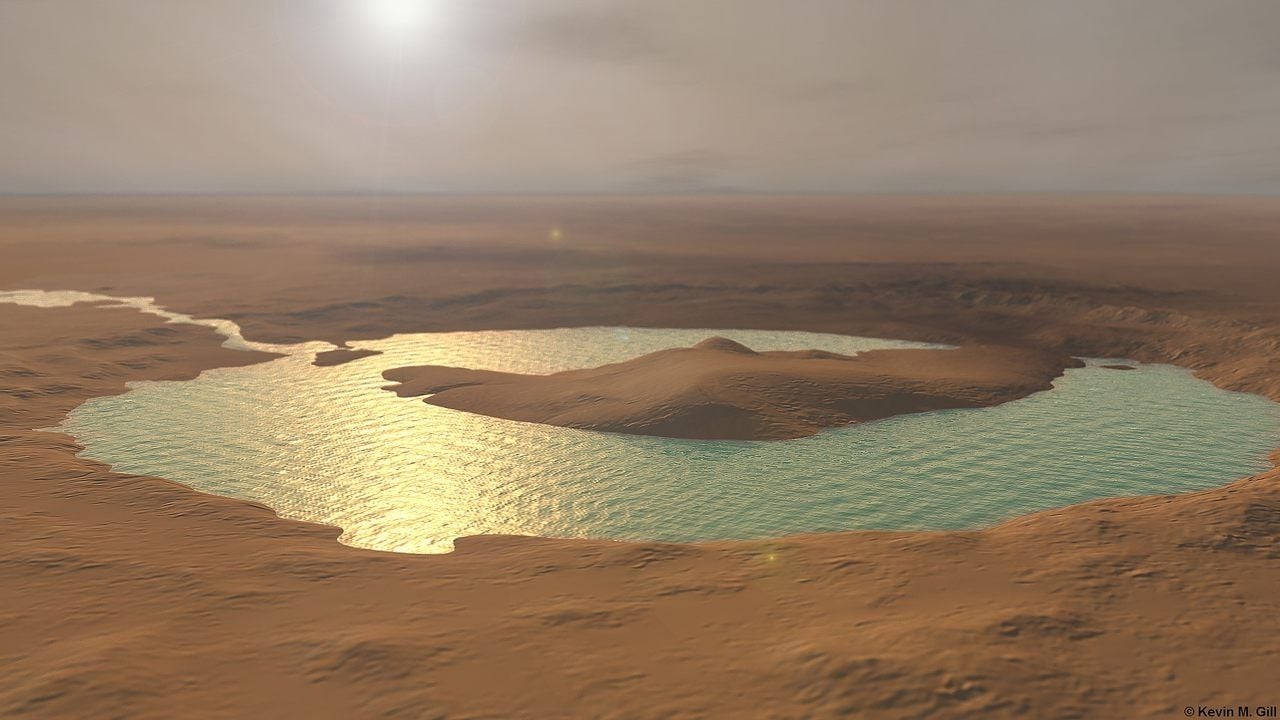
But what happened to the water on Mars?
The answer is not simple. It is believed that a series of catastrophic events, such as the loss of its atmosphere and the decline in volcanic activity, caused the water to freeze or escape into space.
One of the main reasons Mars could have lost its water is the disappearance of its global magnetic field. On Earth, the magnetic field acts as a shield that protects the atmosphere from solar winds. Without this protective field, Mars was exposed to direct solar radiation.
Without a magnetic field, solar winds—streams of charged particles from the Sun—began stripping the Martian atmosphere of its molecules. This process, known as "atmospheric erosion," allowed Mars' thin atmosphere to escape into space over time.
With the decrease in atmospheric pressure, the boiling point of water decreased significantly. This means that liquid water on the surface of Mars began to evaporate and escape into space.
The loss of the thick, protective atmosphere led to a global cooling of the planet. Without an atmosphere to trap solar heat, Mars became a cold, arid world, with temperatures that could not support liquid water on the surface.
On Earth, volcanic activity plays a crucial role in releasing gases trapped inside the planet, which helps maintain a thick atmosphere. On Mars, the decrease in this activity meant less release of gases, contributing to a thinner atmosphere less able to retain water.
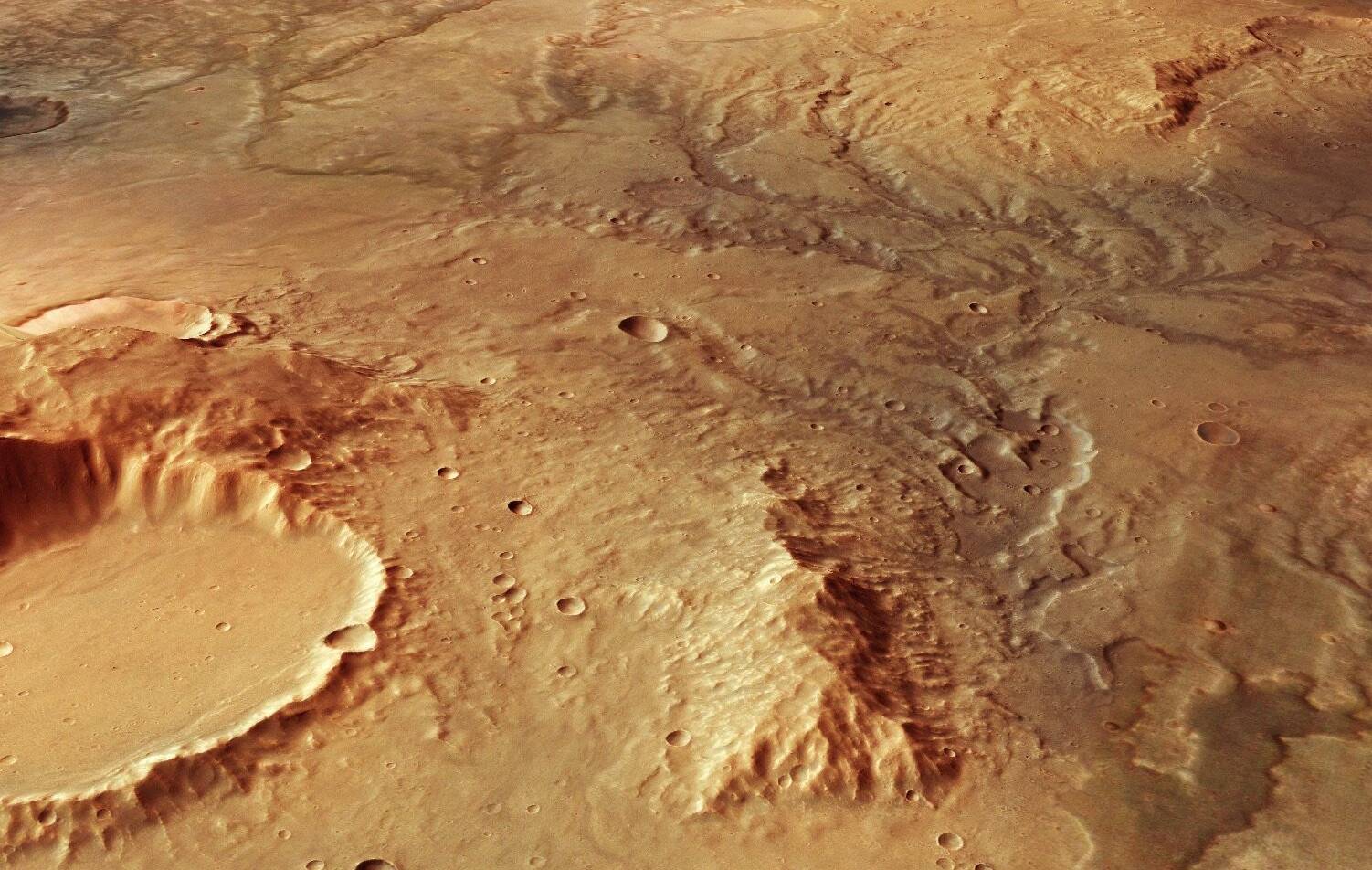
The current search for water: is there life on the red planet?
Although liquid water no longer flows freely on the surface of Mars, there are indications that it could be present in the form of ice at the poles and in underground reservoirs.
The presence of water, even in the form of ice, is an essential ingredient for life as we know it. That is why the search for water on Mars has become a priority for scientists, since it could support microbial life, either in the past or even today.
The discovery of frost on the Tharsis volcanoes, the tallest in the solar system, adds another layer of complexity to our understanding of the water cycle on Mars. Frost, formed by the condensation of humid air rising up the slopes of volcanoes, evaporates quickly at dawn. This phenomenon, observed thanks to the collaboration between the ExoMars and Mars Express missions, indicates exceptional processes that allow the formation of frost even in equatorial regions.
Water, essential for life as we know it, raises the possibility that Mars has been habitable in the past and perhaps still is in certain microenvironments. The discovery of accessible liquid water and ice deposits on Mars underscores the importance of continuing explorations with robotic and, eventually, human missions.
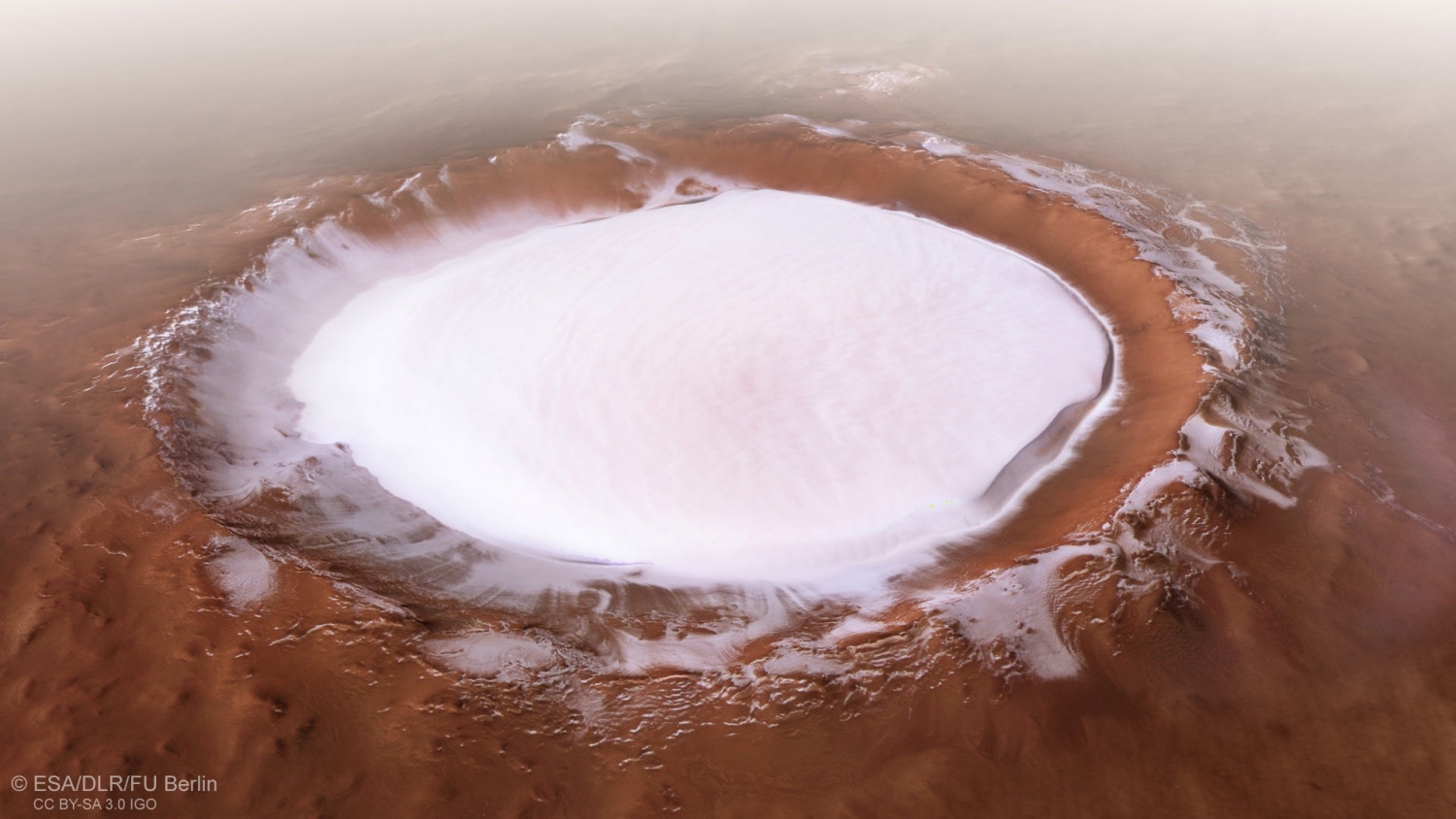
Space missions: exploring the enigma of water on Mars
Numerous space missions have been sent to Mars with the aim of searching for water and understanding its history. Some of the most important ones include:
Viking (1976): The first probes to land on Mars, although they did not find irrefutable evidence of life.
Mars Pathfinder (1997): The first mission to send a rover to Mars, Sojourner, which provided invaluable images and data about the planet's surface.
Mars Exploration Rovers (2003): Spirit and Opportunity, two rovers that explored the Martian surface for more than a decade, finding evidence that liquid water once flowed there.
Curiosity (2012): A still-operating rover that is exploring Gale Crater, searching for clues about the past habitability of Mars.
Mars Express (2003): A space probe that has been orbiting Mars for two decades, studying its atmosphere, surface and subsurface.
ExoMars Trace Gas Orbiter (2016): A space probe that searches for trace gases in the Martian atmosphere, which could be signs of life.
Recent discoveries: water in unexpected places
In recent years, scientists have made surprising discoveries about water on Mars:
Salt water flows: Dark lines have been observed on the slopes of Mars that appear and disappear with the seasons, suggesting that they are caused by salt water flows.
Ice at the equator: Huge deposits of ice have been found near the Martian equator, in an area where it was previously thought impossible.
Frost on volcanic peaks: Even in the warmest areas of the red planet, frost forms on the tops of volcanoes during the cold hours of dawn.
The future of space exploration: searching for life on Mars
Discoveries about water on Mars have opened new possibilities for human exploration of the red planet. Future missions like Mars 2020 and ExoMars Rover will directly search for evidence of life, such as fossils or biosignatures.
The search for water on Mars is not just a scientific question, it is also a search for our place in the universe. If we find evidence of life on the red planet, it will forever change our understanding of life and our very existence.
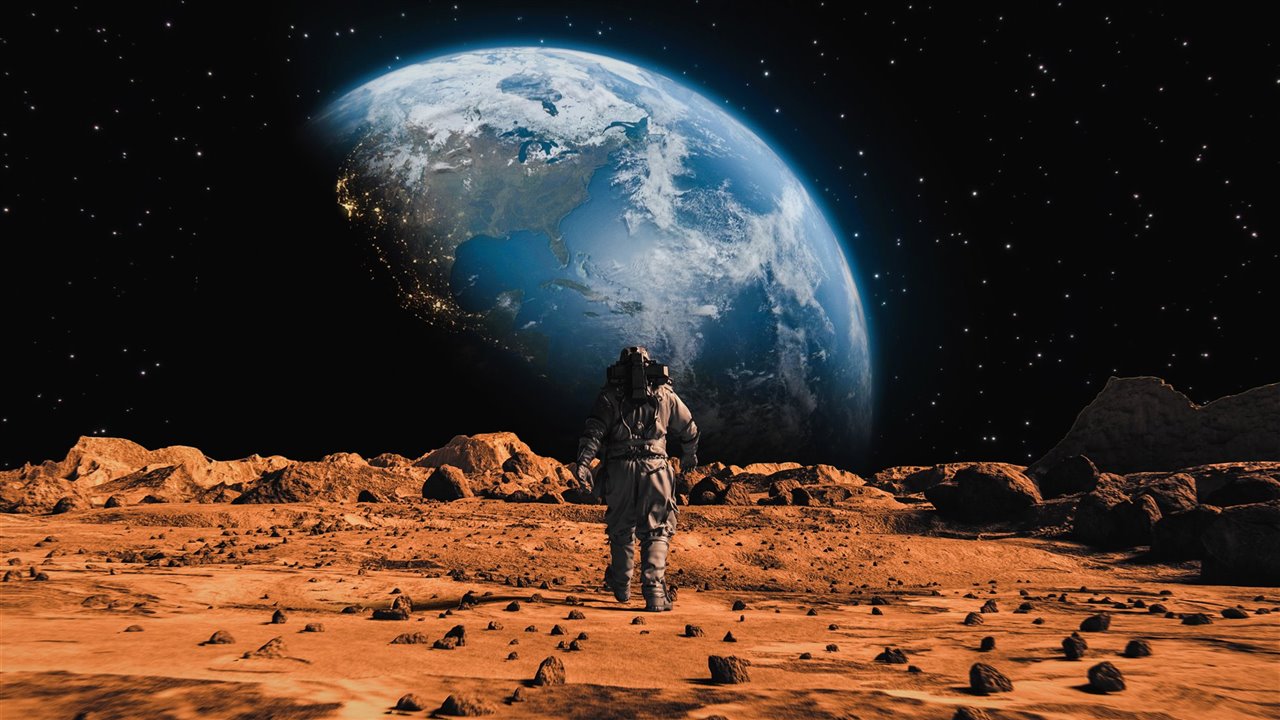
Beyond water: resources for future colonization
Water is not only essential for life, but is also a vital resource for future colonization of Mars. The ice could be used to produce drinking water, grow food and even generate energy.
The challenges of colonizing Mars
Colonizing Mars will not be an easy task. Among the main challenges are:
The distance: The trip to Mars is long and expensive, which limits the number of people and materials that can be sent.
The hostility of the environment: Mars is a cold, dry planet with a thin atmosphere, which makes it an inhospitable place for human life.
Radiation: Solar radiation is more intense on Mars than on Earth, which poses a risk to the health of astronauts.
Technologies to overcome challenges
Scientists and engineers are working on a number of technologies to overcome these challenges, such as:
Faster, more efficient space vehicles: New propulsion technologies are being developed that could reduce travel time to Mars.
Self-sustaining life support systems: Systems are being designed that could recycle air, water and waste to create a habitable habitat on Mars.
Radiation-resistant construction materials: New materials are being developed that could protect astronauts from radiation.
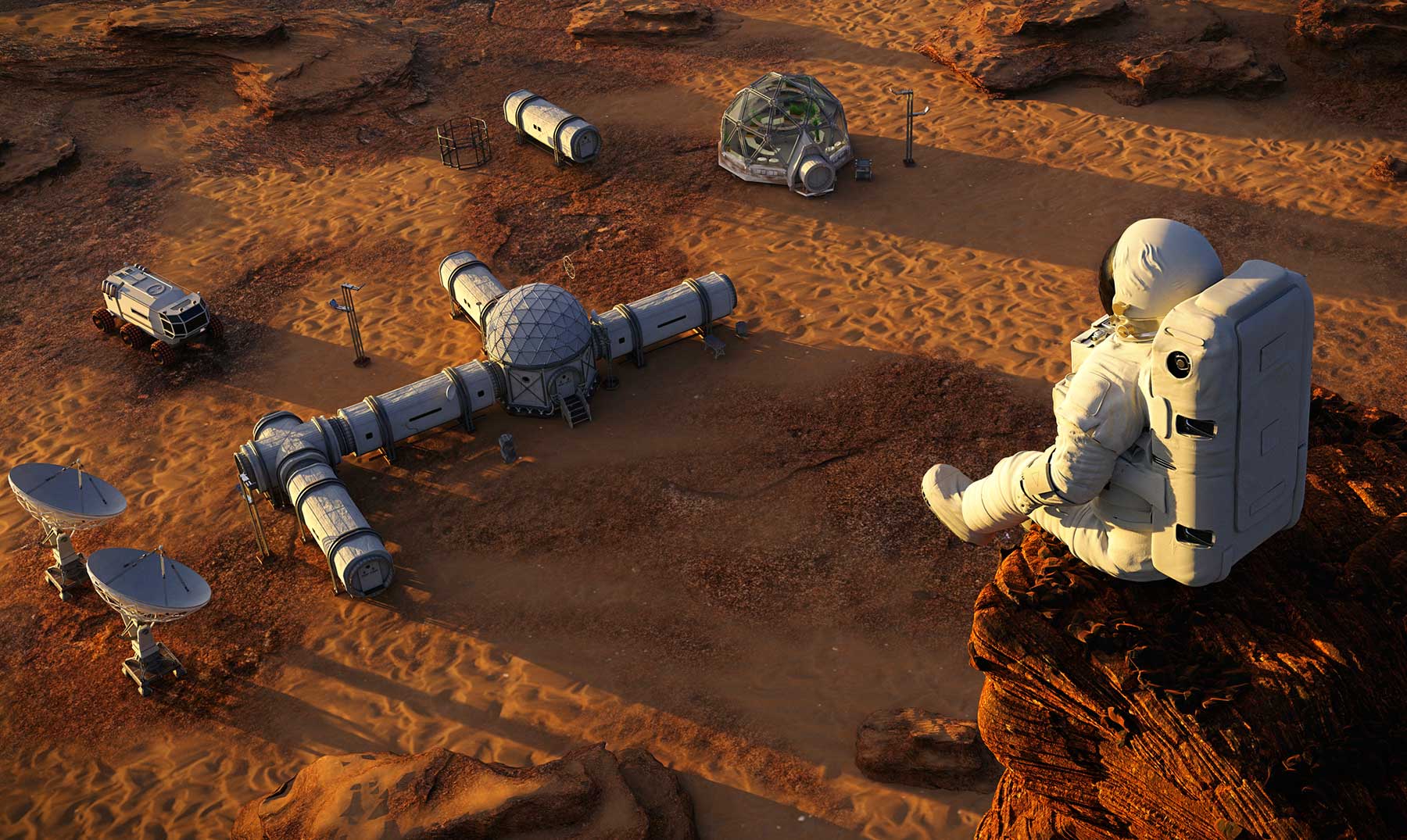
The path to colonization: a global effort
The colonization of Mars is an ambitious goal that will require a global effort. Space agencies around the world, such as NASA, ESA and JAXA, are collaborating on projects to explore and develop technologies for Mars.
The private sector is also playing an increasingly important role in space exploration. Companies like SpaceX and Blue Origin are developing their own space vehicles and plans to colonize Mars.
The future of humanity among the stars
The search for water on Mars is just one step in a much larger journey: the search for a new home for humanity among the stars. If we can overcome the challenges of colonizing Mars, we will open the doors to a future in which humanity can live and thrive on other worlds.
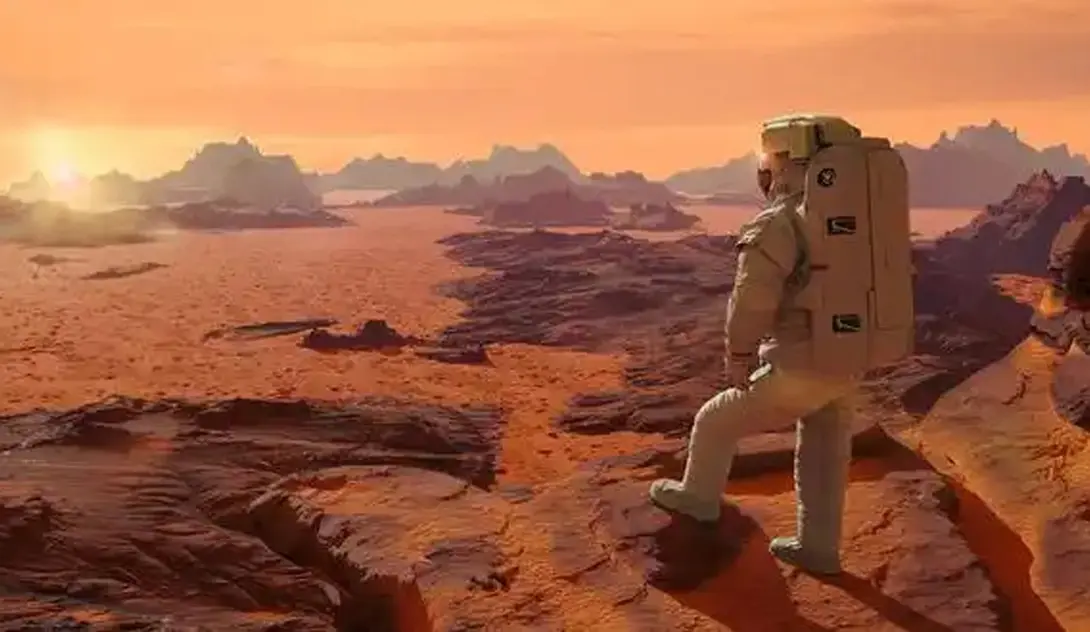
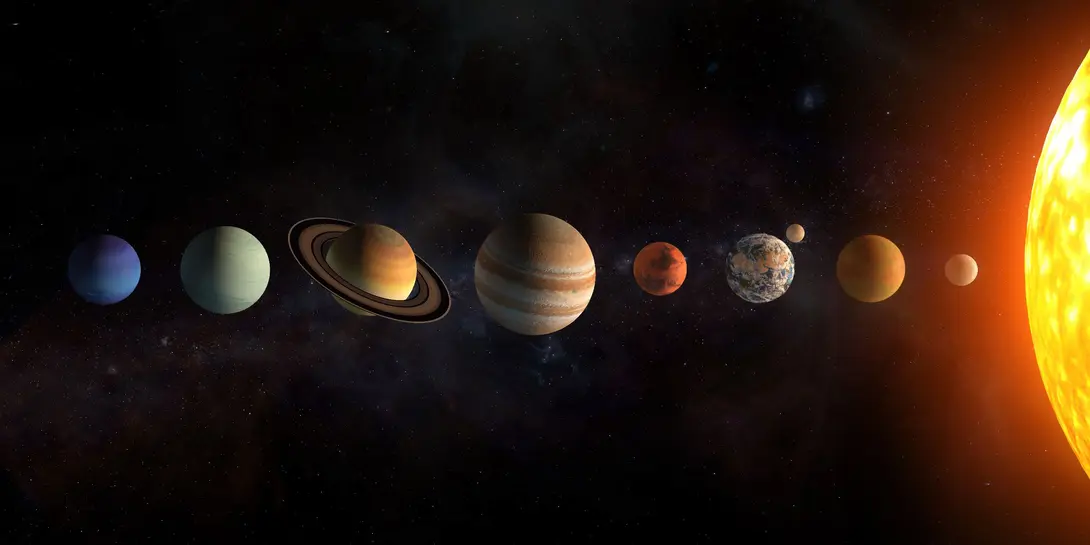
Comentarios